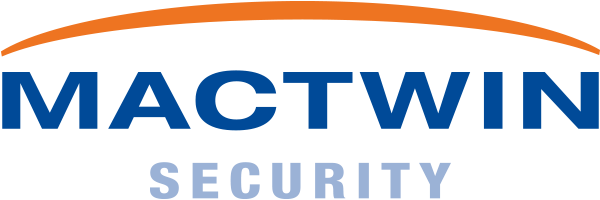You’ve probably seen them before; the black or grey boxes along the highways and provincial roads, hanging from light poles or spans.
There are usually two next to each other.
Are they cameras?
Yes!
They are license plate cameras, with the aim of providing insight into which vehicles were passing by at what time at that point.
The government uses license plate cameras to detect serious criminals and fraud or to carry out speed checks.
In addition, license plate cameras are increasingly installed at the access roads of industrial estates to register visiting vehicles.
The camera deployment is then a tool to prevent theft of goods from the companies on the premises.
Finally, license plate cameras are also used to provide access to company parking lots and parking garages.
How does license plate recognition work?
License plate cameras have software (OCR, Optical Character Recognition) that recognizes the license plate and converts it into text.
The license plate is also the only thing that the camera gets in the picture.
Infrared lighting in the camera (which is invisible to our eyes) illuminates the car with the license plate.
Due to the lens filter that only allows infrared light to pass through, only the reflected infrared light from the license plate comes back.
The visible light from headlights is suppressed.
The result: a largely black image, with a sharp and clearly legible license plate.
Advertising and other text on the vehicle have no reflection and are not accidentally read as a license plate.
The car itself is therefore not visible, nor is the driver.
If information is also required about the vehicle itself, there is usually an extra camera in addition to the license plate cameras that gives a ‘normal’ image.
License Plate Cameras for Access Granting
As a company, you can use cameras to register license plates of the vehicles that visit your site and to grant access.
The same technique is also used to recognize a license plate of, for example, an employee, after which the barrier or gate is sent open.
This is also the case in a number of public parking garages.
The license plate can be given to a payment service so that you can access the parking facility.
License plate cameras and privacy legislation
If you use license plate cameras in your business environment to register vehicles, we advise you to make this known, for example with a sign.
However, this is not mandatory; The visibility of cameras already meets the requirement of making a camera system known.
Incidentally, a sign does contribute to the preventive effect of the camera system.
If you (also) use the license plate cameras to grant access, the license plates (read: personal data) of employees with a car will be added to a database.
In that case, you are obliged to inform employees and the works council and to include these cameras and image processing in the register of processing operations.
However you register the personal data, recorded images may not be kept for more than four weeks.
Provided that there are valid reasons, an extension can be obtained from the Dutch Data Protection Authority.
Finally
License plate recognition and the possible registration of license plates can increase safety.
If it is used to grant access, it also contributes to the hospitable reception of visitors and employees.
If you want to use license plate cameras, call in a specialist who is familiar with the technology and the critical success factors.
And make sure that you comply with the rules set by privacy legislation , for example with regard to reporting camera surveillance and retention periods.
